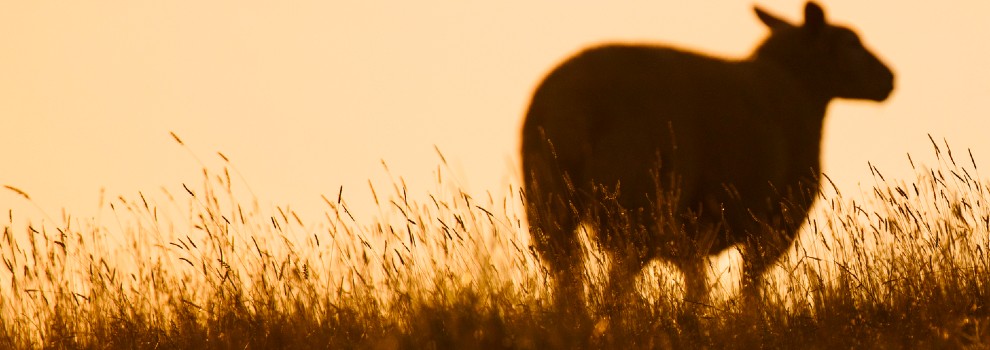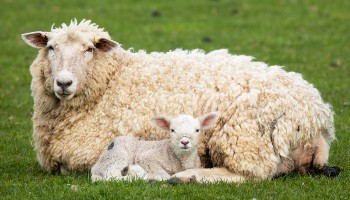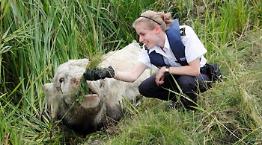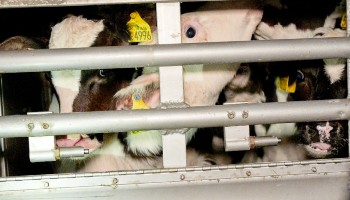- Find a Pet
- Advice and Welfare
- Ways to Give
- Get Involved
- What We Do
- Search
- My RSPCA
- Report a concern
- Sponsor
-
Colour modeVivid Calm
- Home
- Advice and welfare
- Farm animals
- Sheep
- Farming
Sheep farming in the UK
In 2018, there were over 33 million sheep and lambs in the UK, with the sheep breeding flock containing around 16 million breeding ewes1. In 2017, over 14.8 million sheep were slaughtered for meat in the UK2.
Sheep flocks are reared in lowland, hill and upland locations, so areas of the country make best use of the different breeds, land and weather conditions. Here's more on sheep farming in the UK.

Breeding
Ewes (female sheep) are usually mated (known as 'tupping') with rams (male sheep) in October or November. Rams are sometimes fitted with 'raddle' harnesses, which have different coloured dye pens attached to them so that the farmer can see which ewes the ram has mated with and when.
Lambing
Most lambs are born in late winter or spring. However, some breeds naturally produce lambs at other times of the year, and certain artificial techniques can make the breeding season earlier.
Outdoors
Many lambs are born outside, particularly those in hill or upland flocks. They're often given extra shelter, such as straw bales, and many flocks are gathered and brought down to lower, more sheltered land before lambing.
Indoors
Indoor lambing is common, particularly for lowland flocks. Good housing facilities and management are important to prevent disease and heat stress problems. Lambing indoors can be stressful for ewes, as they prefer to seek isolation before giving birth. However, indoor lambing can reduce the risk of lambs dying from hypothermia/exposure, and it's often also easier for stock-keepers and vets to check and treat the animals.
Rearing
Most lambs spend their lives on pasture, but they may be transported to different areas to overwinter on grass before returning to their home farm. These are called store lambs.
Transport and livestock markets
Sheep can be frequently transported throughout their lives and are often sold via livestock markets.
Slaughter
Most lambs/sheep are slaughtered at 10 weeks to 6 months, though some may be 14 months old.
Find out about some of the key welfare issues for sheep.
1. Agriculture and Horticulture Development Board 2019 - The UK sheep yearbook 2019.
2. FAOSTATS. (2019) Production: Livestock primary [online]. Food and Agriculture Organization of the United Nations: Statistics Division.



